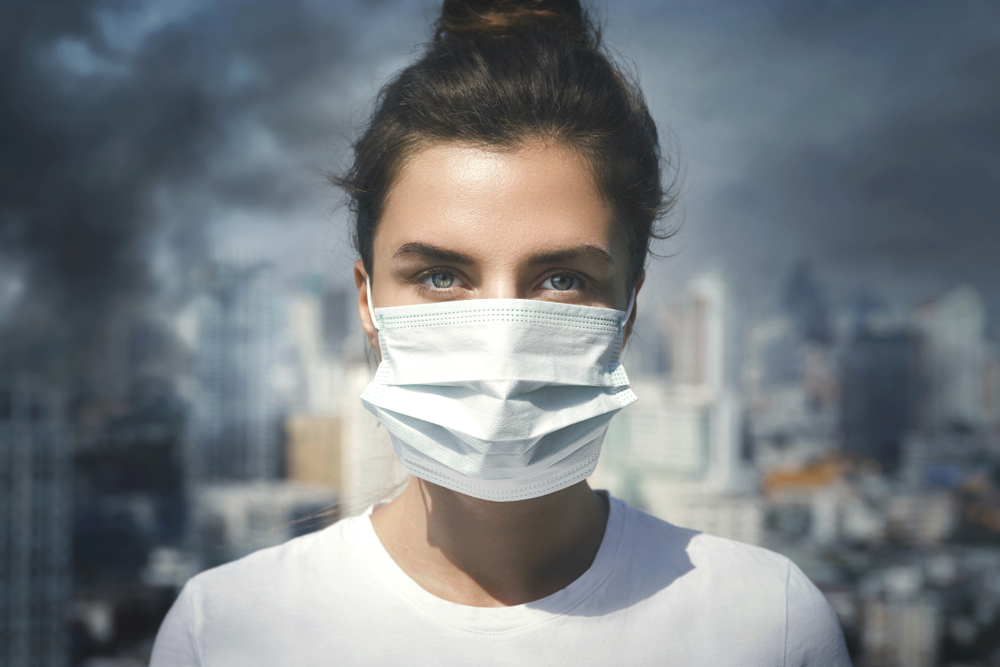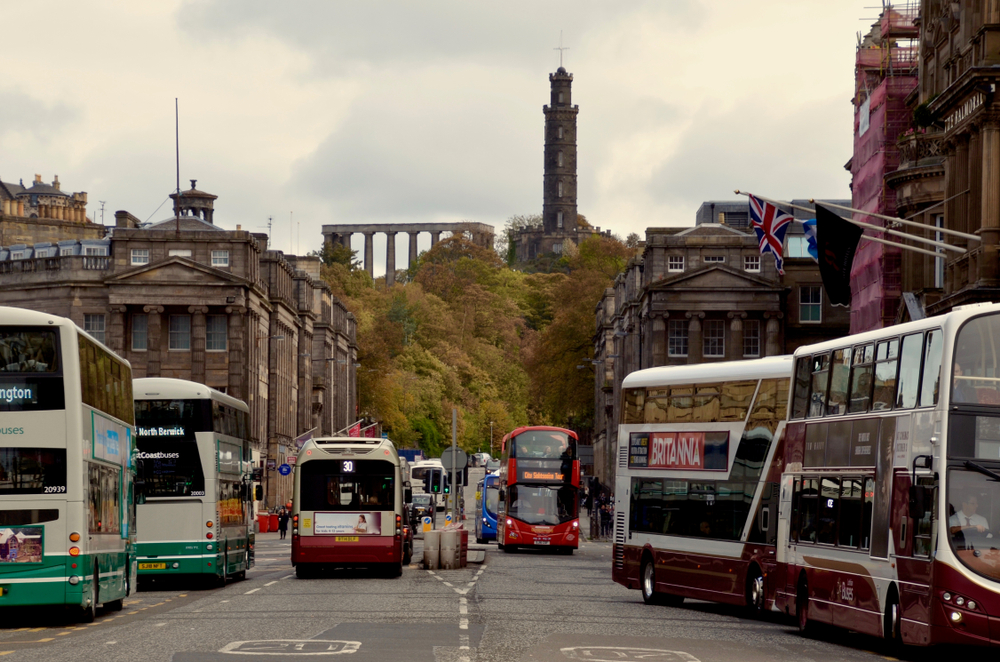
Air Pollution – Unmasking the Facts
Air-Pollution
IOM-In-The-News


Air-Pollution
IOM-In-The-News
Air pollution seems to figure in the news almost every week. London has recently introduced an ultra-low emission zone, and the first Scottish low emission zone is being phased in for Glasgow, with Edinburgh to soon follow. But what is air pollution?

Often we hear about illegal levels of air pollution. This refers to areas where one or more pollutants violate air quality standards. In the UK, nitrogen dioxide is generally the pollutant for which the limits are most commonly exceeded. The government sets targets for a set of air pollutants which have demonstrated health effects, but it is important to remember that air pollution is a mixture of many more chemicals than what is regulated. This mixture can vary day-by-day and from place-to-place. This is because different sources (e.g. cars, wood-burning stoves, air fresheners) emit different things. These sources can be natural or man-made, and can be indoors or outdoors. Most of the outdoor air pollution we regulate is due to burning fuel. This burning releases microscopic particles which are made of carbon based molecules and metals, as well as gases and volatile compounds.
Scientific research has demonstrated that particles are linked to myriad health effects, from cardiovascular diseases to respiratory health to neurodegenerative diseases. Nitrogen dioxide, the pollutant most likely to violate air quality standards in the UK, is often also closely linked with similar combustion sources as particles, so it can be difficult to tease out exactly the role of each in affecting health. Furthermore, some of the pollutants we don’t regularly measure may be carcinogenic.
Unfortunately, it’s not easy and very expensive to comprehensively measure air pollution. We focus our air pollution regulation and reduction efforts on ones we can more easily measure in real time and which we have been able to demonstrate effects on health through epidemiology, or the study of disease through observing populations. There is a danger that if we focus only on reducing specific pollutants, we are focusing only on the trees, not the forest. Indeed the best prevention of pollution is to reduce the number of sources, as much as possible. While a car-less society may not be practical, encouraging cleaner and fewer cars on the road will help air pollution. Encouraging renewables rather than just reducing emissions from power plants should also be a goal.
At IOM, we try to understand how much of certain air pollutants people are exposed to, how this affects their bodies, and how these exposures might best be reduced. While air quality standards only apply to outdoor levels, we know that a person’s actual exposure will differ based on where they go and what they do.
For example, as part of the HEALS study (www.heals-eu.eu), we examined how greenspace and outdoor air might affect home indoor particle levels in homes from Scotland, Greece, and the Netherlands. In our studies in Thailand and China, we work with our local colleagues to measure the levels of particles a person might breathe in, and what activities and locations influence those levels. We are also examining how different interventions would affect exposures – from larger scale societal interventions to personal level interventions, such as wearing of face masks and use of air purifiers.